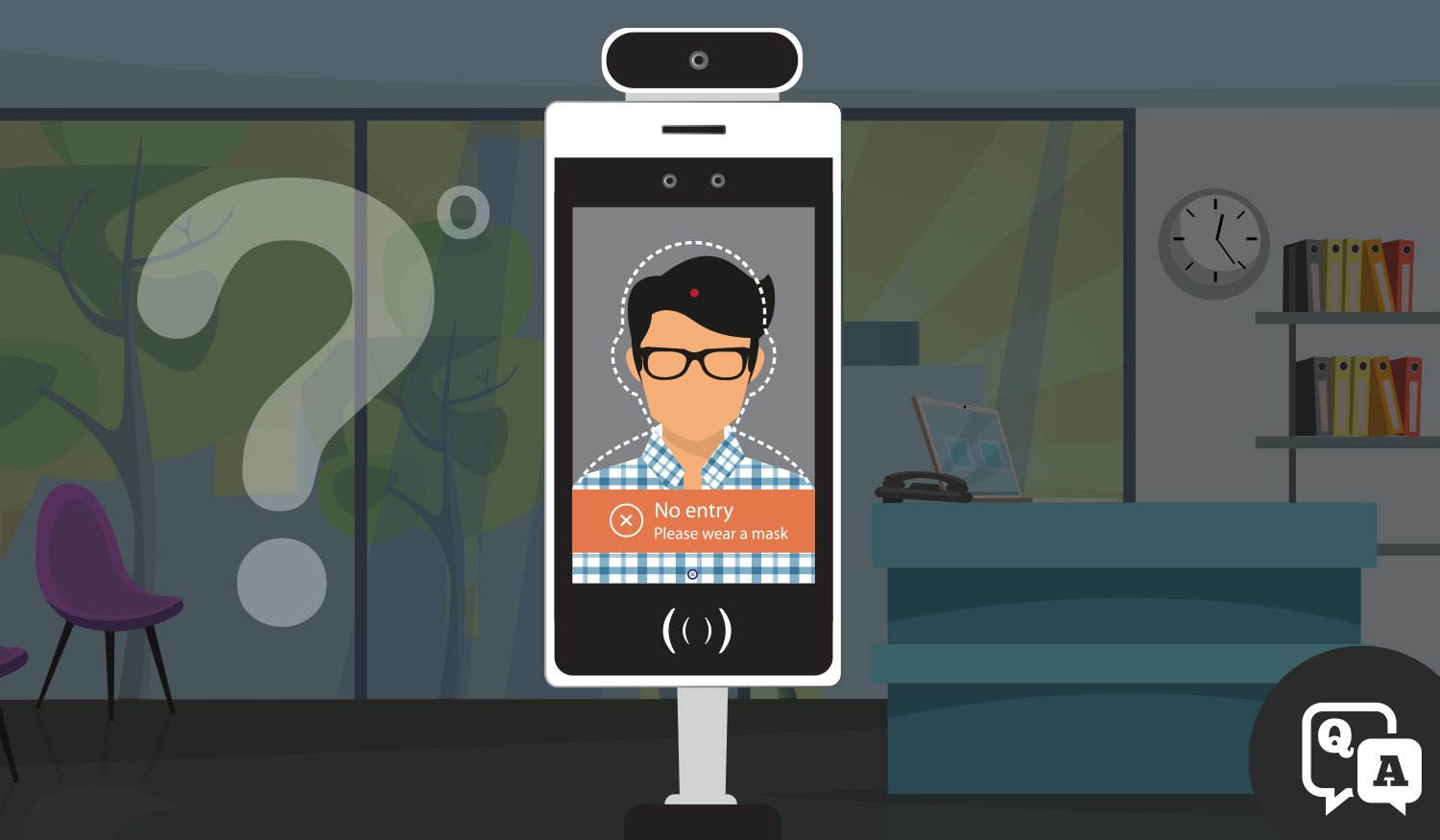
We'll share five questions for you to consider when researching a body temperature screening solution that fits your business needs.
As businesses return to the office amid COVID-19, taking employee temperatures upon arrival is becoming more and more commonplace.
In Arkansas, while temperature screening is not required, state agencies generally recommend employees should be screened for fever, cough, shortness of breath, sore throat, or loss of taste or smell as they are entering the building at the beginning work.
How can businesses effectively screen employees, and do so in the most efficient manner possible?
Here’s five questions to consider when choosing body surface temperature screening technology:
1. Is it Non-Contact?
It goes without saying, but a non-contact solution is the only safe way to screen employees and reasonably prevent the spread of COVID-19.
2. Is It Convenient?
Imagine the lost productivity with having one employee (or several) walking around the office taking temperatures one by one with hand-held devices? This is hardly convenient.
With an automated temperature screening kiosk placed at your front door, employees can be scanned, and personnel can be notified immediately of abnormal temperatures, eradicating the threat of a sick employee in the workplace.
3. Is It Intuitive?
Smart, fast facial recognition is important when it comes to the actual execution of measuring temperatures. By placing the kiosk at your front door, away from sunlight, employees are recognized (optimally in one second or less) and vetted within a facial database.
In the scenario that an abnormal temperature is read, what is the notification process? Many kiosks provide built-in speakers that provide verbal alerts and email alerts to specified employees of an abnormal reading.
Have an employee arriving without a face mask on? With many kiosks, an optional message can be displayed that requests he or she put one on.
4. Is It Accurate?
Accuracy is key for maintaining employee health and safety. False positive readings (or worse, false negatives) completely defeat the purpose.
Ask about margin of error with any device, and consider a marginal measurement error of ±0.2 °C as a general rule of thumb. A device should be equipped with a high-resolution thermal camera to produce proper, reliable results.
5. Is it User-Friendly?
Can your device easily be set up? Can your employees arrive, approach the kiosk, and get to work? Can necessary parties monitor readings and, essentially, provide this essential front-line defense against COVID-19?
“Plug and Play” kiosks are readily available to help automate the screening process, but it’s important that you consider these questions to effectively stop infection at the front door without disrupting a productive workday.
Interested in learning more implementing temperature screening at your office? Our non-contact, fully automated kiosks record temperatures in one second with a simple glance into the display, with optional facial recognition capabilities. Let's visit!


